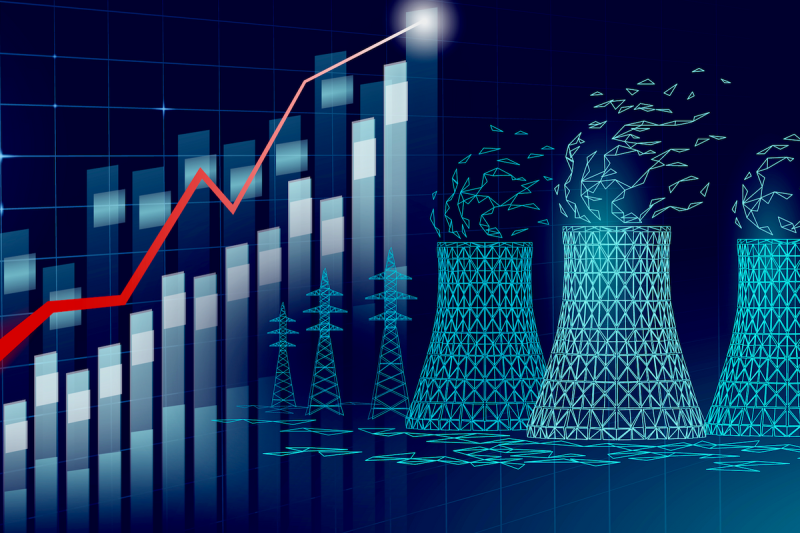Advancements in Nuclear Energy: The American Journey
The United States, as one of the world’s powerhouses, has been tirelessly exploring modern solutions to meet its ever-growing energy demands. The nation has identified nuclear power as one of the key solutions. For climate change advocates and environmentalists, this is a welcomed approach as nuclear energy extraction yields zero carbon emissions. The United States, in its roadmap towards cleaner renewable energy, plans to triple its nuclear power capacity by 2050, a daring project that will help to revolutionize the energy industry.
Understanding the Desire for Nuclear Power
Renewable energy, despite being an attractive solution to climate change problems, cannot sufficiently fulfil the world’s energy needs. Harnessing energy from solar, wind, and hydro sources does contribute, but these sources are not always reliable due to weather patterns. Nuclear energy, however, provides an alternative and stable source of power, which is not susceptible to weather changes as is experienced in solar, wind, and hydro power generation.
The United States, being aware of this, has set out on a massive project to triple its nuclear generation capacity by 2050. This strategy forms a part of their broader goal to reduce carbon emissions and cater to increasing energy demands without compromising the environment.
Nuclear power is a sustainable energy source, and its production does not emit carbon dioxide or the particulates associated with fossil fuel energy production. On a per kilowatt-hour basis, nuclear power is far less CO2-intensive than fossil fuel plants including natural gas. This makes it a fitting solution for the US as it attempts to satisfy its own power needs while contributing less to global CO2 emissions.
The Ambitious Project to Triple Nuclear Power Capacity
The strategic plan by the United States involves the construction of advanced reactors. These reactors, unlike their predecessors, are designed to be safer; they possess advanced features that prevent Chernobyl-like disasters from happening. Additionally, the reactors will utilize innovative technologies that make nuclear waste less hazardous and easier to manage, addressing a crucial concern associated with nuclear power production.
Moreover, the reactors are less expensive and faster to construct, a move that will help the US attain its audacious goal within the projected timeline. These modern reactors provide a sleek balance between environmental conservation and energy production, clearly illustrating that nuclear power production is not merely about energy but encompasses broader environmental and economic issues.
Implementing the Plan: Funding and Partnerships
Achieving such an ambitious goal requires robust funding and networks. Taking this into account, the United States government has committed itself to ensure that this endeavour is a success. The Department of Energy (DOE) has been instrumental in guaranteeing that the necessary funds are injected into this project. Already, the DOE has set aside millions of dollars in grants and funding to help in the research and development of this advanced technology.
Besides the financing, the DOE is also fostering partnerships with nuclear power companies to ensure successful implementation of the project. These companies will be pivotal in designing and constructing the advanced reactors.
As the United States embarks on this ambitious journey towards tripling its nuclear power capacity by 2050, it is evident that the country is committed to striking a balance between addressing its power needs and mitigating its environmental impact. If the project goes as planned, the country will not only satisfy its energy needs effectively but also influence other nations to opt for similar strategies to combat their power and environmental challenges.
